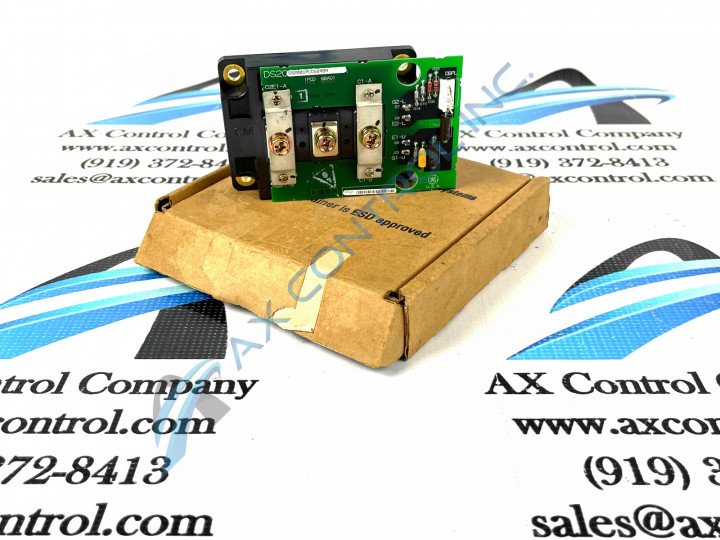About the DS200IPCDG2A
This DS200IPCDG2A printed circuit board was originally manufactured, as described above, for General Electric's Mark V Turbine Control System Series, which is considered a General Electric legacy series due to its eventual production discontinuation in the years following its initial release. This DS200IPCDG2A PCB's greater Mark V Series, as you can probably discern from its full name, has specific applications in the control and management systems of popular steam, gas, and wind turbine automated drive assemblies, and is one of the final General Electric product series to make use of their patented Speedtronic control system technology first released alongside the rollout of the Mark I in the later 1960s. This DS200IPCDG2A printed circuit board or PCB for short is truly better-definable as a IGBT AP DB Snubber Board, although the original product of this functionality to exist within the Mark V Turbine Control System Series would be the DS200IPCDG2 parent IGBT AP DB Snubber Board. This DS200IPCDG2A PCB alters the original DS200IPCDG2 parent product through its addition of a singular, A-rated functional product revision.
Hardware Tips and Specifications
This DS200IPCDG2A printed circuit board possesses a particular selection of functionality-enhancing hardware components. The GE IGBT AP DB Snubber Board DS200IPCDG2A features one 4-pin connector and seven screws for adjusting the insulated bipolar transistor (IGBT). This DS200IPCDG2A PCB's internal assembly is also populated by many of the standardized voltage-limiting hardware components of its greater Mark V Turbine Control System Series; including various diodes, rectifiers, integrated circuits and capacitors. This DS200IPCDG2A product offering's entire base circuit board is also assured daily wear and tear protection from the normal style of PCB coating that has been applied to individual DS200IPCDG2A circuit board hardware elements on a functional priority basis. Given the fact that this DS200IPCDG2A PCB exists as a member of a General Electric legacy series, many of its originally-introduced instructional manual materials have been lost. With that being said, this DS200IPCDG2A device's DS200IPCDG2A functional product number itself can be considered a good source of original DS200IPCDG2A device hardware information, starting with the dual-functional DS200 Series Tag at the very beginning. This initial series tag describes this DS200IPCDG2A product's attribution as both a normal-assembly Mark V Series product and as a printed circuit board manufactured in General Electric's Salem, Virginia factory plant location. Some of the other DS200IPCDG2A board-specific information revealed in the DS200IPCDG2A functional product number includes this DS200IPCDG2A PCB's:
- IPCD functional product abbreviation
- Normal style of PCB protective coating
- Group 2 Mark V Series grouping
- A-rated functional product revision
The DS200IPCDG2A PCB's Mark V Series automated drive contains a high level of electric current to power the motor and so hazardous conditions can occur when you handle the components in the drive. For this reason only qualified servicers should perform the replacement. Qualifications include recognizing the danger from high current and having an understanding of the electric cabling in the drive. Also the servicer must understand the components in the drive, how to access them, and how the drive is supplied with power. One of the first steps is to disengage the drive from power. The servicer must always assume that power is present in the drive. By following that practice, the servicer will never be caught off guard and subject to a burn, or serious injury or an electric shock. Death can occur if the servicer touches a live wire or the components in which power is present. The servicer must inspect the area around the drive for moisture on the floor because the moisture conducts electricity and can lead to a hazardous situation. It is important to make sure the floor is dry and clear of debris and also oil and grease. Discard any power cords that are ungrounded because of the safety hazard. The servicer should never work alone. Someone should be nearby to call for help if an emergency occurs. The partner can also assist the servicer during the replacement procedure.












